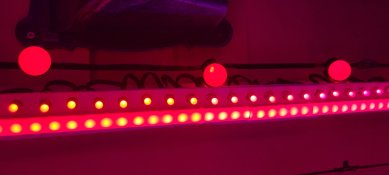MrMightyMouse94
New elf
- Joined
- Oct 27, 2022
- Messages
- 5
Hello all,
Greetings from Ohio, US. I'm 27, turning 28 in December. I'm a Senior Data Analyst, I love tinkering with electronics, and I LOVE Christmas. I started looking at Pixel Displays years ago but never got the courage to dive in. Well, next year Christmas 2023, I want to put on my first show; Starting small with a roof outline, window outlines, floodlights, and yard props, and a small mega tree.
I'm struggling what I will outlines for. Bullet Pixels are something like C9 Pixels. I'm interested to see what other's used. Modifications to the home may be an issue with my fiance. He's not to apt for somethings, lol. You know how that goes.
I'm also still struggling with power injection and the respective calculations, as well as how to utilize smart receivers. Big thanks to the PDF file here, that help put things in perspective but it would be interesting to see what other resources others are/have using.
Regards,
MrMightyMouse
Greetings from Ohio, US. I'm 27, turning 28 in December. I'm a Senior Data Analyst, I love tinkering with electronics, and I LOVE Christmas. I started looking at Pixel Displays years ago but never got the courage to dive in. Well, next year Christmas 2023, I want to put on my first show; Starting small with a roof outline, window outlines, floodlights, and yard props, and a small mega tree.
I'm struggling what I will outlines for. Bullet Pixels are something like C9 Pixels. I'm interested to see what other's used. Modifications to the home may be an issue with my fiance. He's not to apt for somethings, lol. You know how that goes.
I'm also still struggling with power injection and the respective calculations, as well as how to utilize smart receivers. Big thanks to the PDF file here, that help put things in perspective but it would be interesting to see what other resources others are/have using.
Regards,
MrMightyMouse





